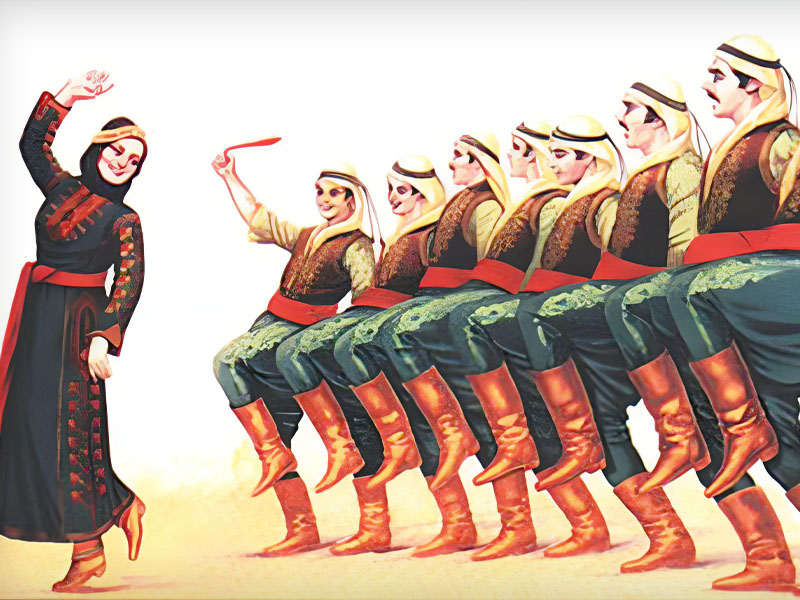Imported singing and dancing: The example of Iraq’s Jubi
Issue 44

This study includes the following points:
1) The study proves that the dancing and singing of Jubi is a Persian art form that made its way to Iraq through the southern cities, especially Basra and Amara. It gained southern rural qualities over time, and Jubi became a vital part of Iraqi folklore.
2) The study confirms that this type of singing and dancing was performed only on the morning of the second day of Eid Al Fitr or Eid Al Adha.
3) The study concludes that the Jubi rituals differ from the rituals performed in the folklore dance Dabka.
4) The study proves that the art of Jubi arrived in Iraq in the early 19th Century AD, and spread at the beginning of the same Century.
5) The study confirms that Abdul Jabbar Faris is the first person to write about this art form in Iraq.
6) The study proves that in many Iraqi cities, there are folk dances that are practiced under the name Al Jubi although they are unrelated to this folk art.
7) The study proves that there has been a decline in performances of the Jubi in Iraq’s central and southern cities since the beginning of the 1980s due to the Iran-Iraq war and the social and economic changes at that time.
8) The study confirms that Iraq’s central and southern regions were the starting points for this art form.
Mohammed Khalidi
Iraq


































































